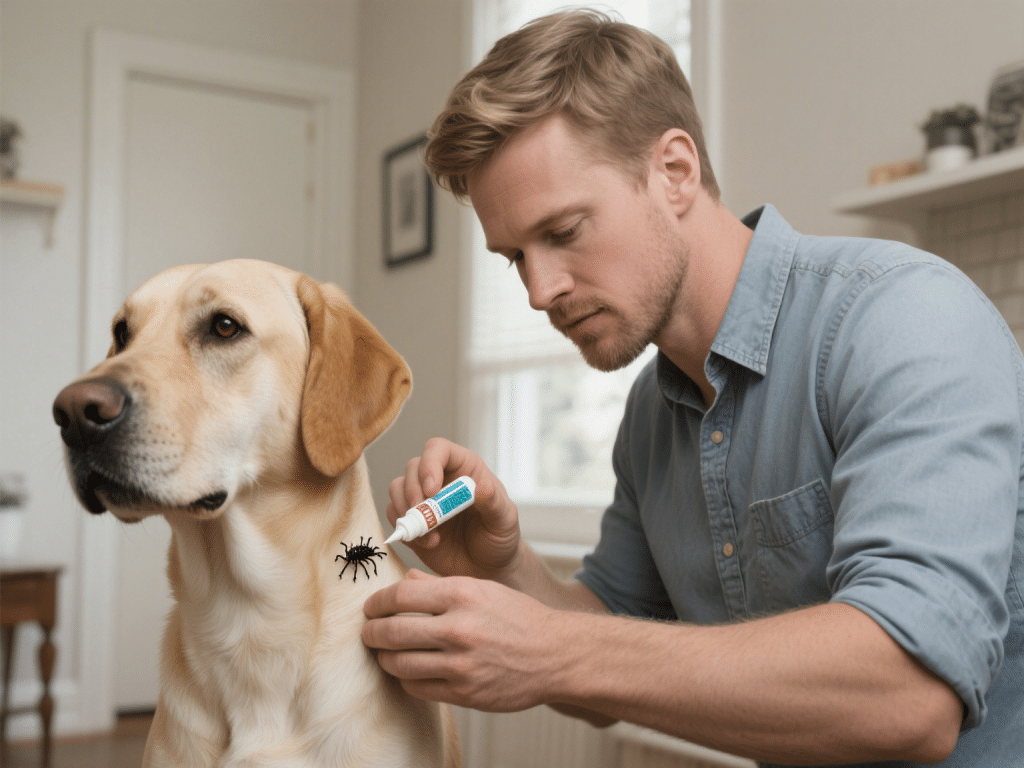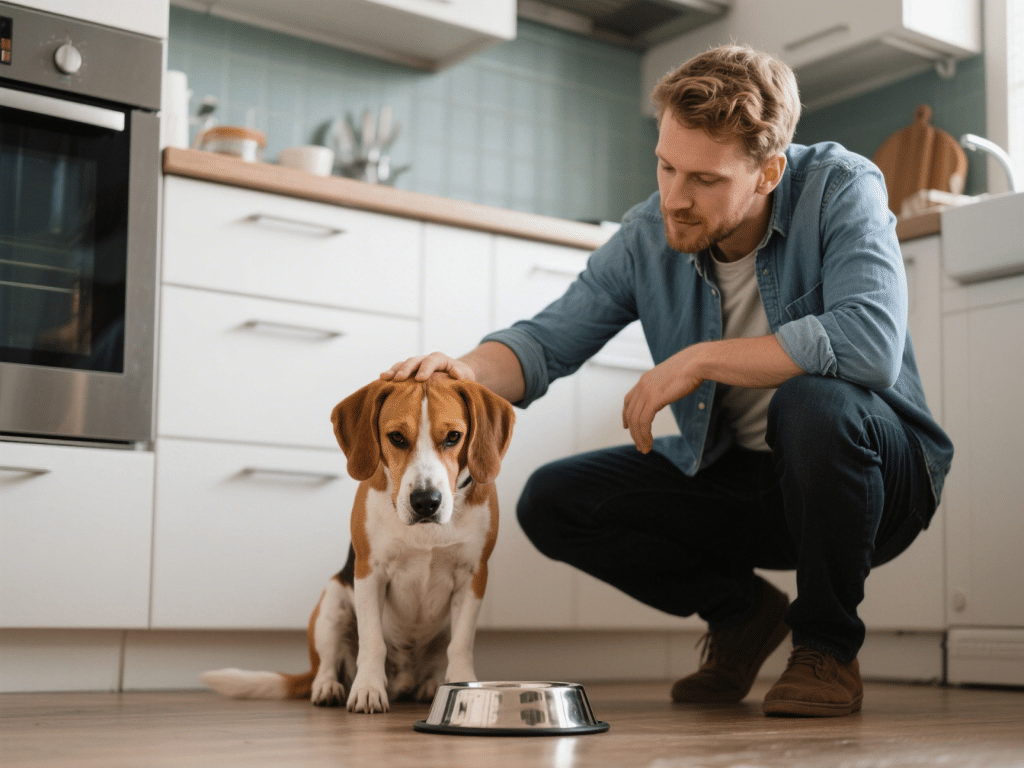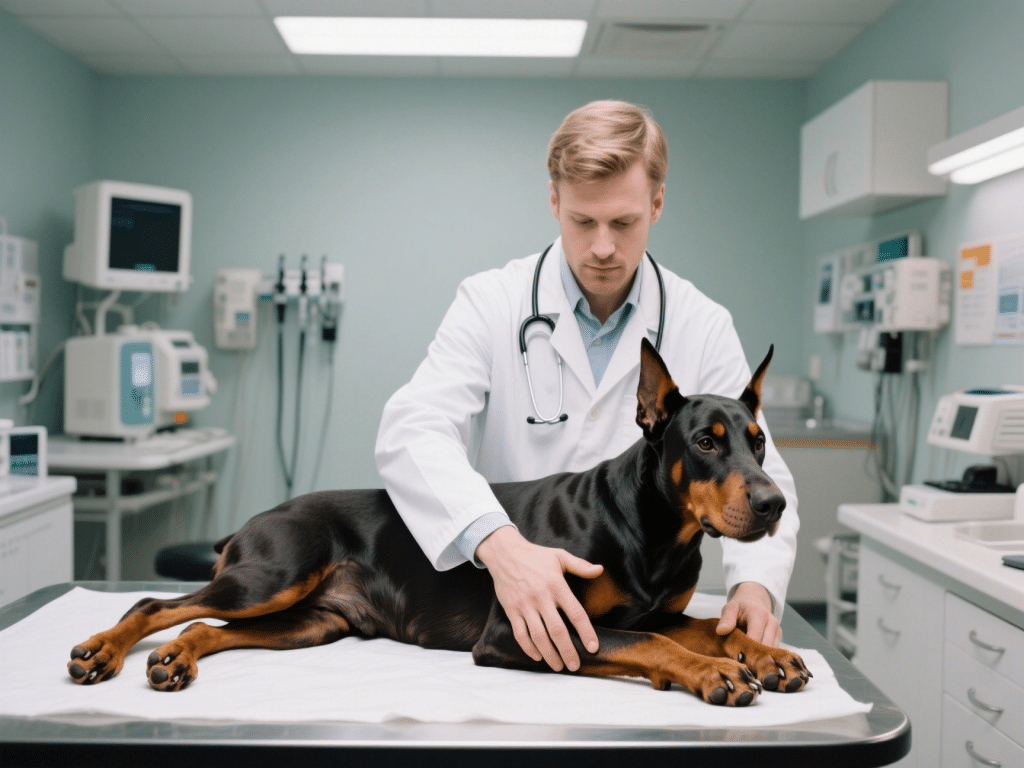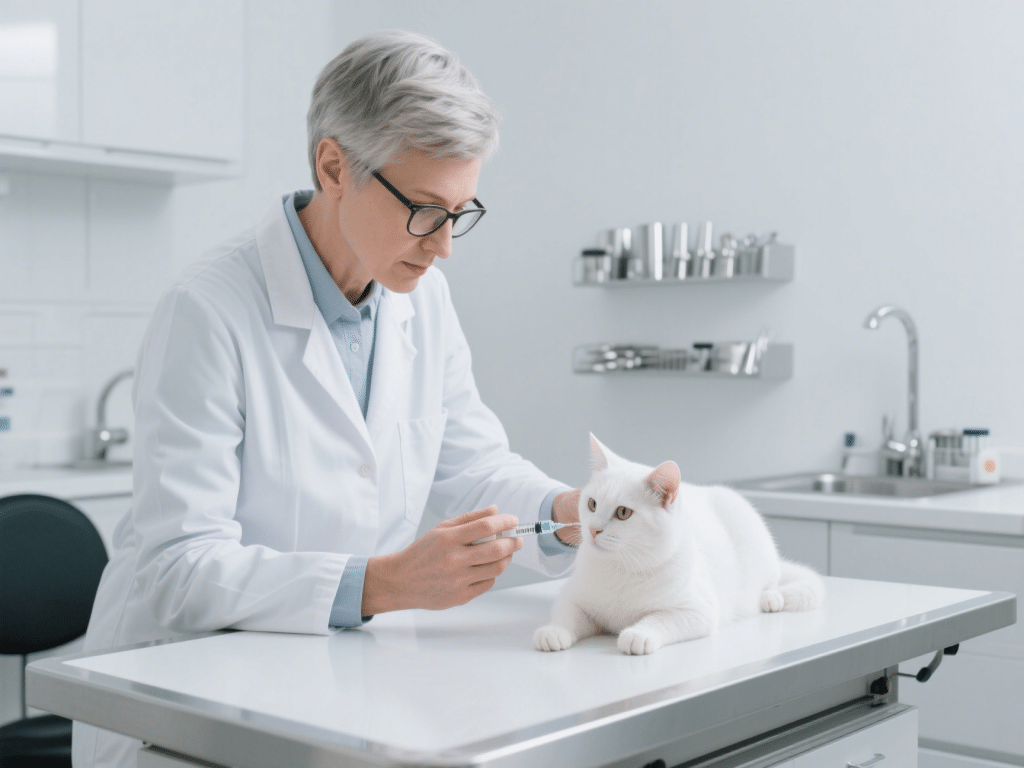
Decoding Cat Conversations: How Cats Talk to Each Other and What It Means
Over my fifteen years as a certified feline behavior consultant, I’ve helped hundreds of...

In the heat of an emergency—be it a choking incident, severe bleeding, or heat stroke—swift, informed action can mean the difference between life and loss. Drawing upon my background as a certified PetTech instructor and years of collaboration with emergency veterinarians, I present a clear, step-by-step first aid guide tailored for dog and cat owners.
Before intervening, ensure the environment is safe. A panicked pet may bite; consider wrapping in a towel or using a muzzle (even nylon) if the animal is conscious and capable of biting. Always approach calmly.
Direct pressure: Use a clean cloth or gauze; press firmly on the wound for 3–5 minutes.
Elevation: If bleeding from a limb, elevate above heart level.
Tourniquet caution: Only as last resort—loosely wrap a band or leash above the wound and note the time applied. Seek immediate vet care.
Dogs: For small breeds, hold upside down and deliver 5 back blows between the shoulder blades. For large breeds, stand behind, encircle abdomen, and perform quick upward thrusts just below rib cage.
Cats: Grasp cat securely, supporting back, and gently thrust inward and upward on the abdomen.
Signs include panting, drooling, bright red gums, collapse.
Method: Move to shade, apply cool (not ice-cold) water to paws, groin, and belly.
Caution: Do not immerse fully; rapid core temperature drop can trigger shock.
Chest compressions: For medium dogs, compress at mid-chest 80–120 times per minute (human CPR rhythm). For cats/small dogs, use two fingers at same rate.
Rescue breaths: After 30 compressions, close mouth and exhale gently into nostrils until you see chest rise. Alternate 30:2.
If ingestion of toxin is suspected (e.g., chocolate, xylitol):
Do not induce vomiting unless directed by a veterinarian or poison control (ASPCA).
Collect packaging and any remaining material.
Call: 888-426-4435 (ASPCA Animal Poison Control).
Essentials: gauze pads, adhesive bandages (vet wrap), antiseptic wipes, digital thermometer, hydrogen peroxide 3% (for vomiting induction), tweezers, muzzle. Store in a waterproof box accessible to all household members.
Conclusion:
Emergencies strike without warning—but your composed, knowledgeable response can stabilize your pet before professional help arrives. Regularly review these steps, update your first aid kit, and consider enrolling in a pet CPR/first aid course to deepen your confidence and skills.

Over my fifteen years as a certified feline behavior consultant, I’ve helped hundreds of...

Houseplants breathe life into your home — but many popular varieties can be toxic to cat...

IntroductionCat trees provide essential vertical territory, scratching surfaces, and cozy ...

IntroductionA sudden refusal to eat in pets can be alarming. Loss of appetite (anorexia) m...

IntroductionDogs cannot verbalize discomfort, so they often mask pain to appear functional...

IntroductionEnsuring your cat receives timely vaccinations is one of the most important st...
Comments on "Essential First Aid Steps for Pet Emergencies" :